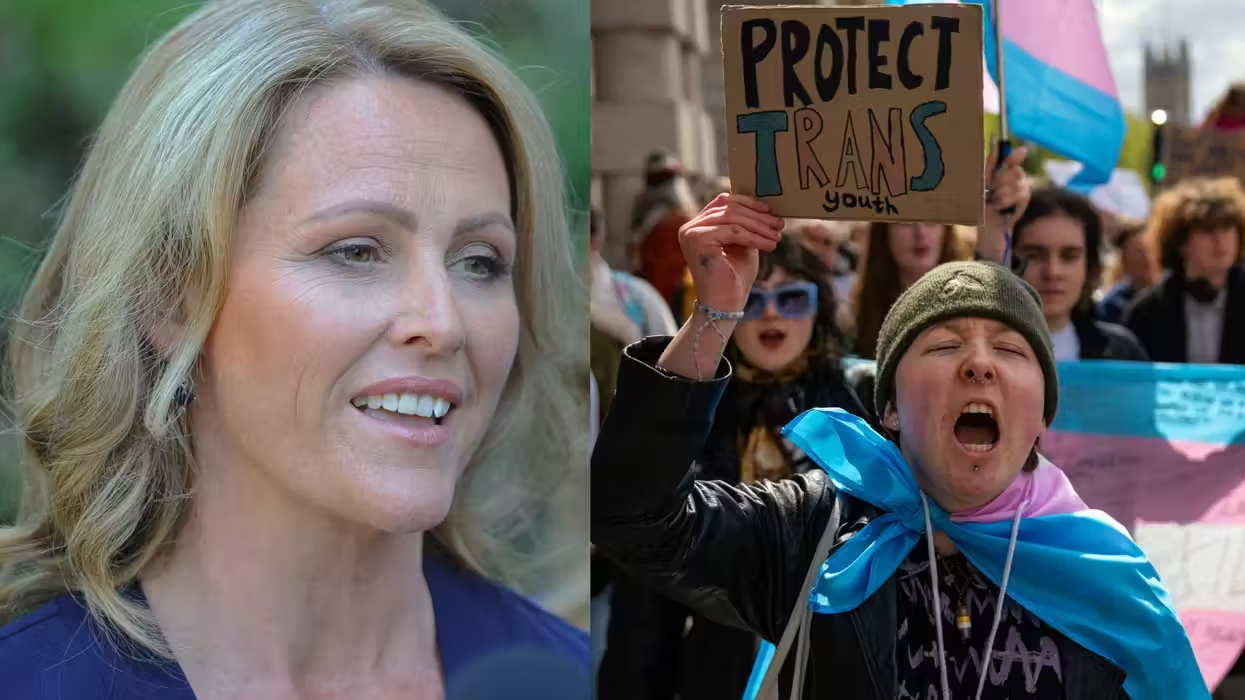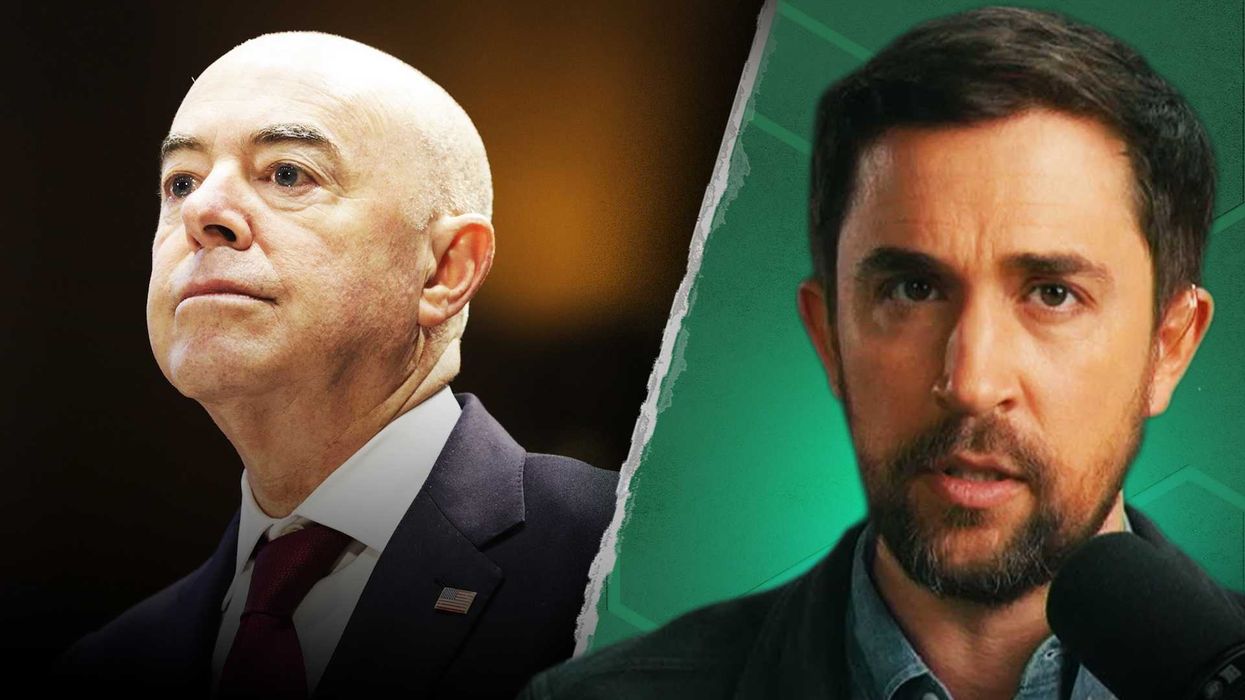
© 2025 Blaze Media LLC. All rights reserved.
FactCheck.org: Sen. Reid Caught Making False Claims About Spending Cuts
February 07, 2013
 Sen. Harry Reid (D.-Nev.) (Getty Images)
Sen. Harry Reid (D.-Nev.) (Getty Images)
Remember when Senate Majority Leader Harry Reid (D-Nev.) said this last week during an interview on ABC’s “This Week” [emphasis added]:
The American people need to understand that it’s not as if we’ve done nothing for the debt. $2.6 trillion, $2.6 trillion already we’ve made in cuts. And all those cuts have come from non-defense programs.
And remember when he repeated himself a little later in the program [emphasis added]: “I repeat: $2.6 trillion already, all coming from non-defense. If we’re going to have a sequester, defense is going to have to do their share.”
As it turns out, Sen. Reid was wrong not once, but twice when he argued that further deficit reduction should focus more on tax increases and cuts in defense spending because Congress has already made significant non-defense spending cuts.
Let’s dig a little deeper into this.
The “legislation he refers to applied to both security and non-security spending. Furthermore, a good chunk of the deficit reduction came from tax increases, not spending cuts,” writes Brooks Jackson for FactCheck.org.
The report continues:
Reid’s $2.6 trillion figure (which covers a 10-year period) has been puffed up a bit since he said on the Senate floor — only three days earlier — “We have already made nearly $2.5 trillion in historic, bipartisan deficit reduction.” Since then, he has added over $100 billion to the 10-year total and started claiming that it’s all from non-defense spending, which is not the case.Democratic claims of $2.5 trillion in deficit reduction refer not just to spending cuts. For example, President Obama said at a news conference on Jan. 14 that he had signed “a total of about $2.5 trillion in deficit reduction over the past two years.” But Obama included in that figure only $1.4 trillion in actual “spending cuts.”
Obama’s figure also included more than $600 billion in tax increases on upper-income individuals, which he signed Jan. 3. And it included about $500 billion in reduced interest payments, resulting from reduced future borrowing. A spokesman for Reid, whom we contacted by email, also conceded that Reid’s higher figure includes what he called “tax savings,” by which of course he means higher taxes.
The spending cuts referred to by the president include $1 trillion from the Budget Control Act of 2011 (the “deal” that created the so called “fiscal cliff”), as noted in a Jan. 1 White House “fact sheet.” A spokesman with Sen. Reid later confirmed that the Nevada senator has been relying on the same “spending caps in the BCA.”
However, as FactCheck.org notes, that legislation called for “caps on all ‘discretionary’ spending, including both ‘security’ (a category mostly made up of military spending) and ‘non-security’ spending.”
 Getty Images
Getty Images
“The caps on discretionary spending began in fiscal year 2012 and were imposed again this fiscal year. The Obama administration estimates that they will reduce ‘security spending’ by ‘about $420 billion … over the next 10 years compared to CBO baseline levels,’ including about $330 billion ‘specifically from the Department of Defense,’” Brooks notes.
“It’s important to note that the bulk of these ‘cuts’ have yet to materialize. The Budget Control Act imposed ‘caps’ on discretionary spending that Congress is supposed to comply with in future appropriations bills. The White House’s projections of $2.5 trillion in deficit reduction include budgets through fiscal year 2022, and, of course, it remains to be seen what specific cuts to federal programs those future Congresses will actually make,” he adds.
So, yes, Sen. Reid’s claims are not only based on cuts that have “yet to materialize,” but even if said cuts do “materialize,” Congress is still a long, long way away from achieving meaningful deficit reduction.
Remember, the Congressional Budget Office in its latest report said that by FY2023, the debt owed to the public will be about $20 trillion.
Follow Becket Adams (@BecketAdams) on Twitter
Featured image courtesy Getty Images.
Want to leave a tip?
We answer to you. Help keep our content free of advertisers and big tech censorship by leaving a tip today.
Want to join the conversation?
Already a subscriber?
more stories
Sign up for the Blaze newsletter
By signing up, you agree to our Privacy Policy and Terms of Use, and agree to receive content that may sometimes include advertisements. You may opt out at any time.
Related Content
© 2025 Blaze Media LLC. All rights reserved.
Get the stories that matter most delivered directly to your inbox.
By signing up, you agree to our Privacy Policy and Terms of Use, and agree to receive content that may sometimes include advertisements. You may opt out at any time.






